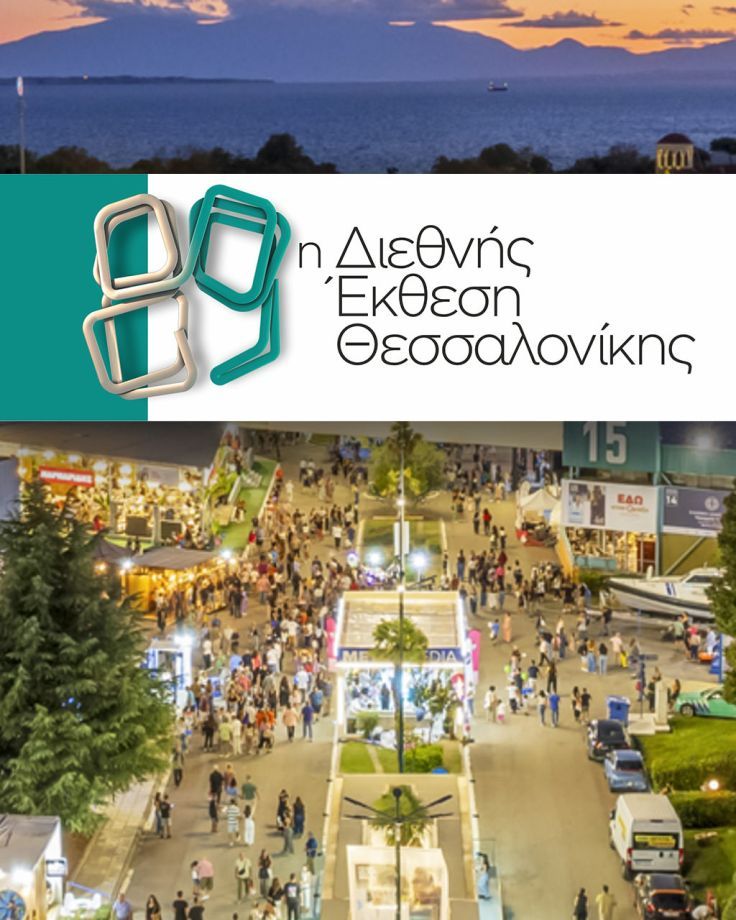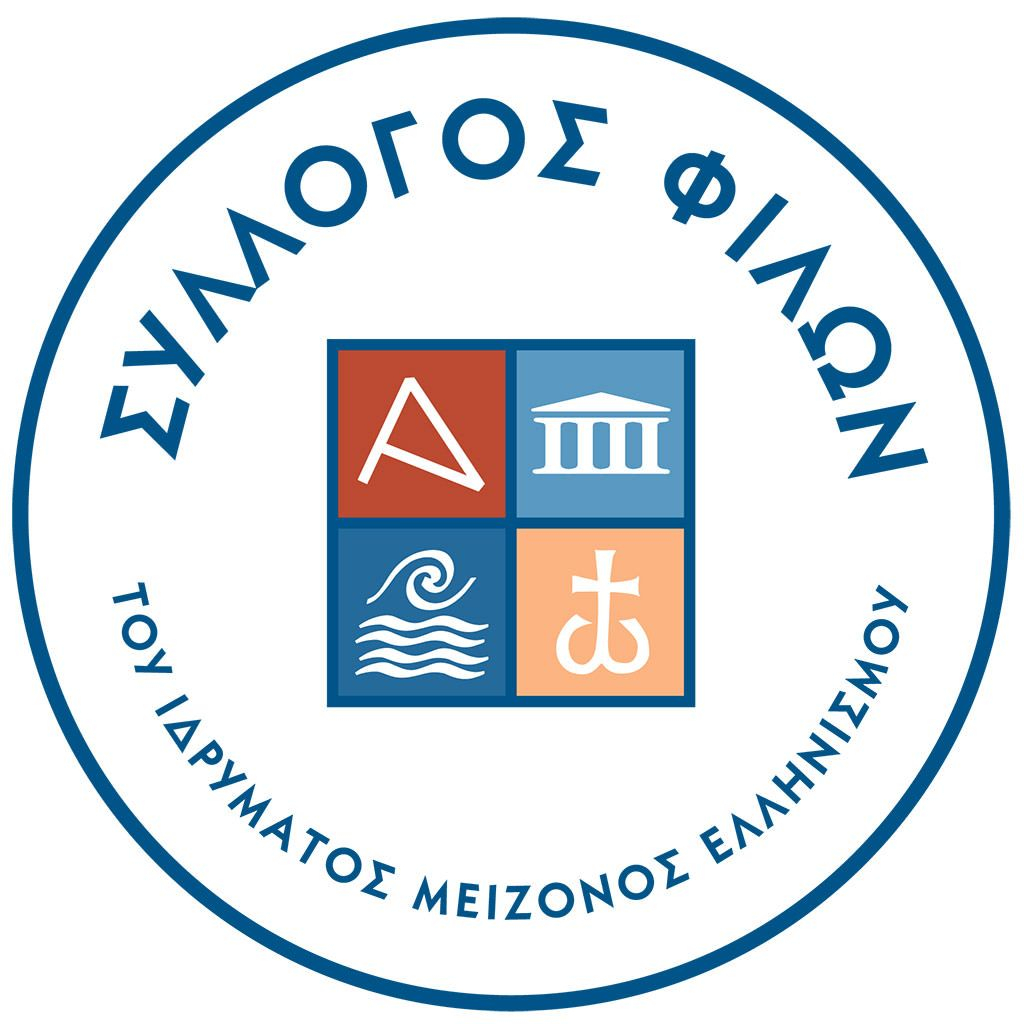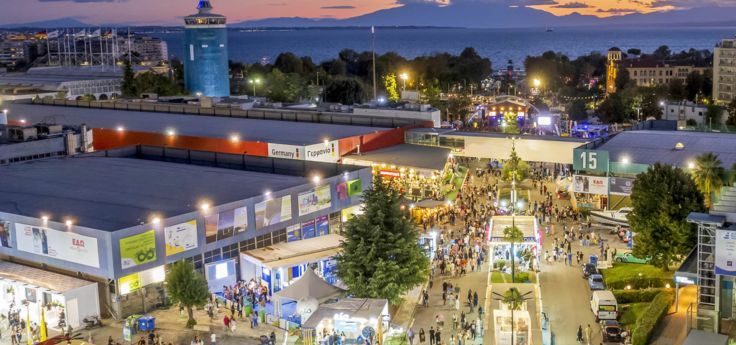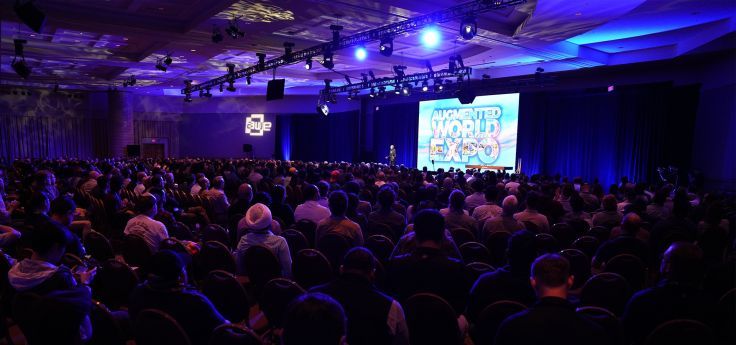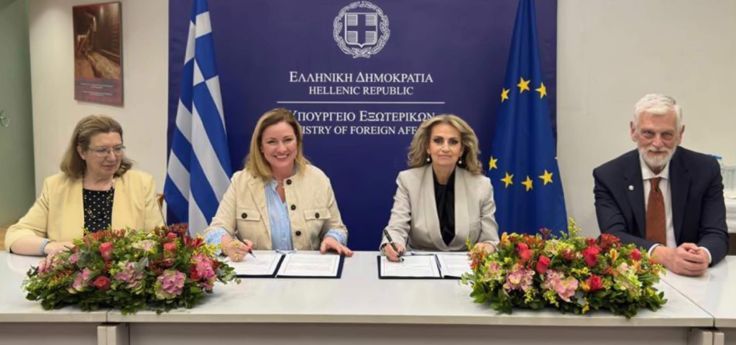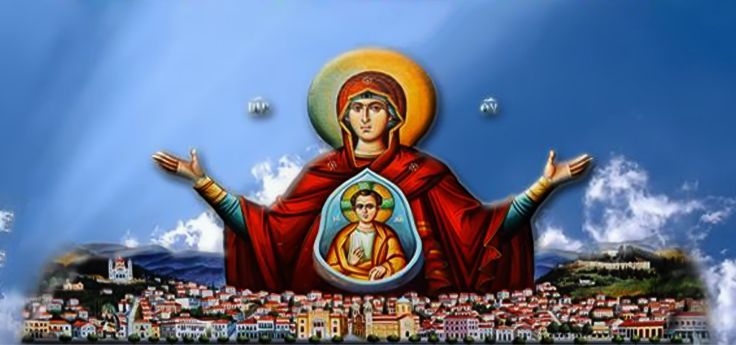The city of Miletus on the western coast of Asia Minor, one of the most important cities of Ionia, is revived in the Virtual Reality production "Interactive Tour of Ancient Miletus".
This production, in the special immersive environment of the "Tholos", utilizes some new technical features that now allow the development of multiple directions of digital life in the virtual space, rather than a predetermined path.
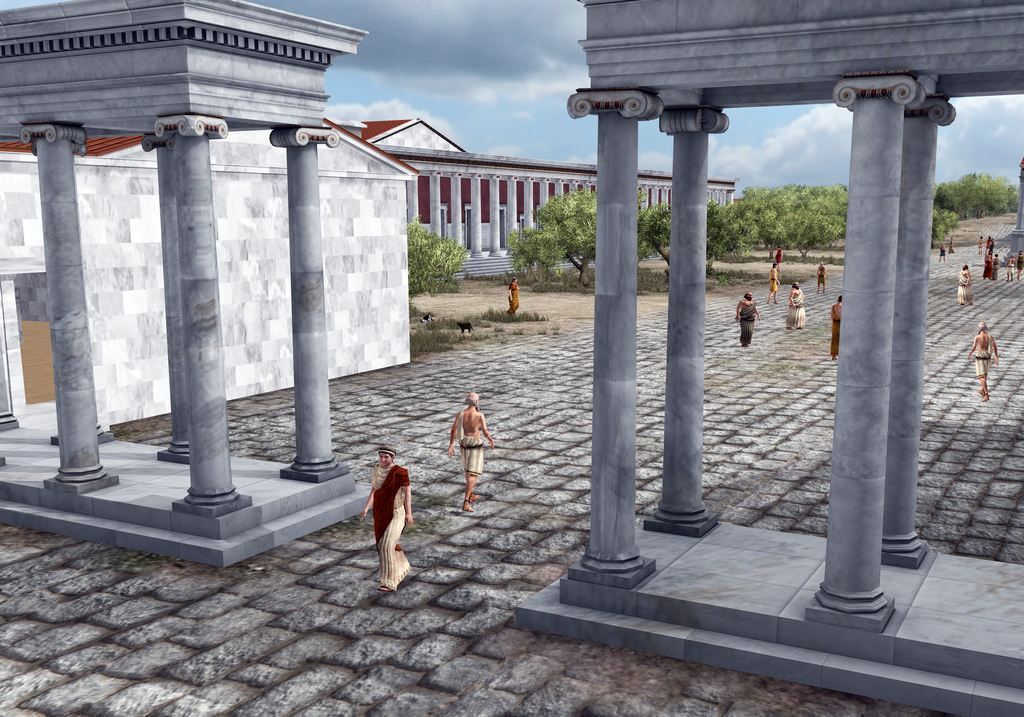
A new element is the realistic vegetation, which dynamically changes behavior based on the corresponding variations in the direction and intensity of the wind in the area. The production also incorporates a relevant model for dynamically calculating the position of the sun depending on the geographic longitude and latitude at a given time in the past.
Historical Information
Miletus is located at the site previously occupied by the village of Balat, which was destroyed by an earthquake in 1955. The findings from excavations support the tradition of a Cretan presence in the area (around the 16th century BC). The Minoan settlement was almost uninterruptedly followed by the Mycenaean settlement, while the re-establishment of Miletus by Ionian settlers is dated around 1050 BC.
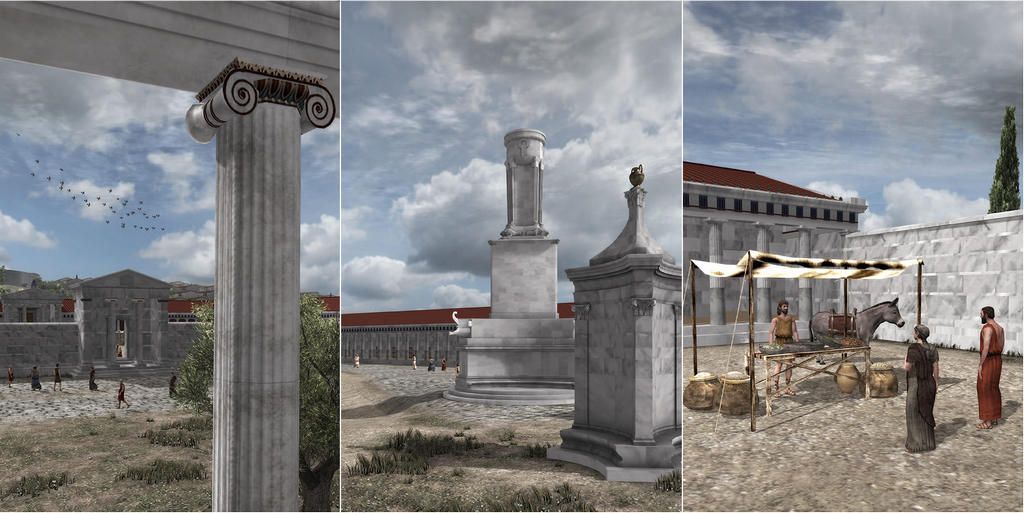
In the archaic period, Miletus was the scene of the most significant scientific discoveries. In the early 6th century BC, the Milesians Thales, Anaximander, and Anaximenes, in their search for the primary elements of the world, laid the foundations for the development of a scientific, deterministic interpretation, free from mythical genealogies.
In the Classical period, after the city's destruction by the Persians in 494 BC, Miletus likely continued to be inhabited on a rather limited scale. However, the city's re-establishment occurred in 479 BC. The Hippodamian system, named after Hippodamus, who was from Miletus and is considered the founder of the urban planning of the classical city, was followed.
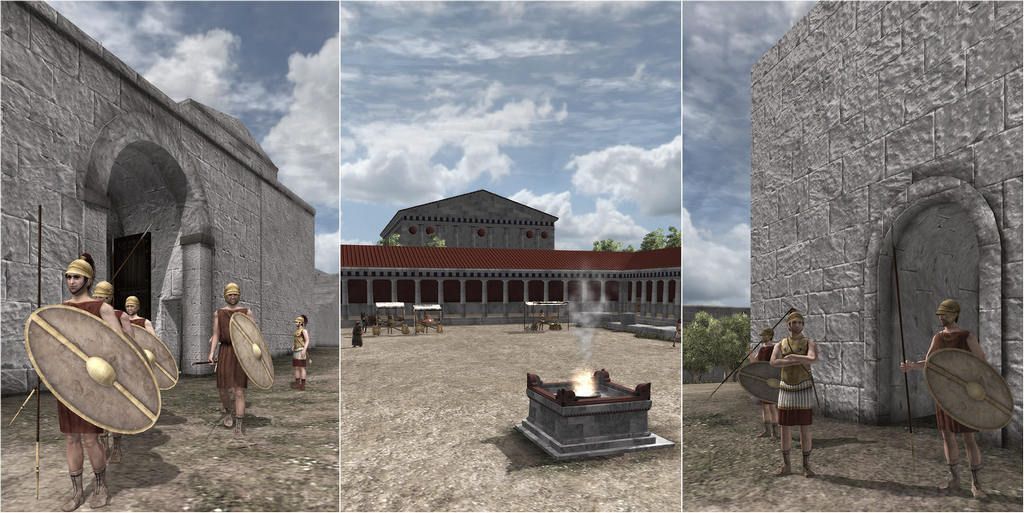
Of course, both the archaic and classical cities are largely covered by the impressive Hellenistic monuments. Miletus remained an important urban and commercial center of Ionia with three harbors: the Harbor of Athena, the Theater Harbor, and the Lion Harbor. In the Hellenistic period, the most important buildings constructed were the Gymnasium of Eumenes II and the Gymnasium of Eudemus, the Theater, the Stadium, the Bouleuterion, and the South Agora.
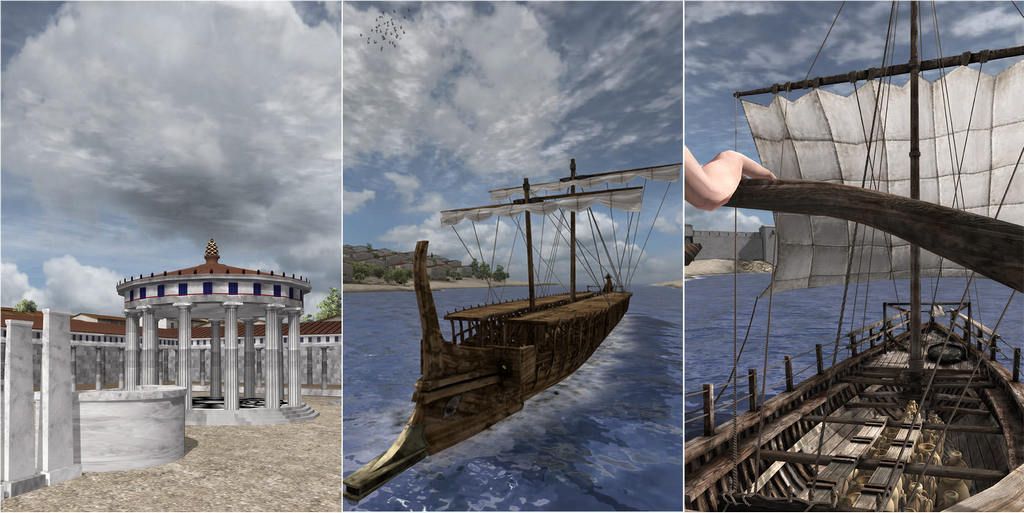
Program Description
In the Virtual Reality program, visitors tour the peninsula and city of Miletus as it was two thousand years ago. Visitors have the opportunity to explore the virtual city and learn about its most important public buildings. Starting from the gate at the Lion Harbor, they enter the sanctuary of Delphinios Apollo. They then visit the Ionian Stoa, which housed the city's shops, the Hellenistic Gymnasium, the North Agora, and the Bouleuterion, even discerning the architectural details of the buildings. They can "fly" over the city for a final panoramic view of its perfect urban design, and even "dive" into its harbor.
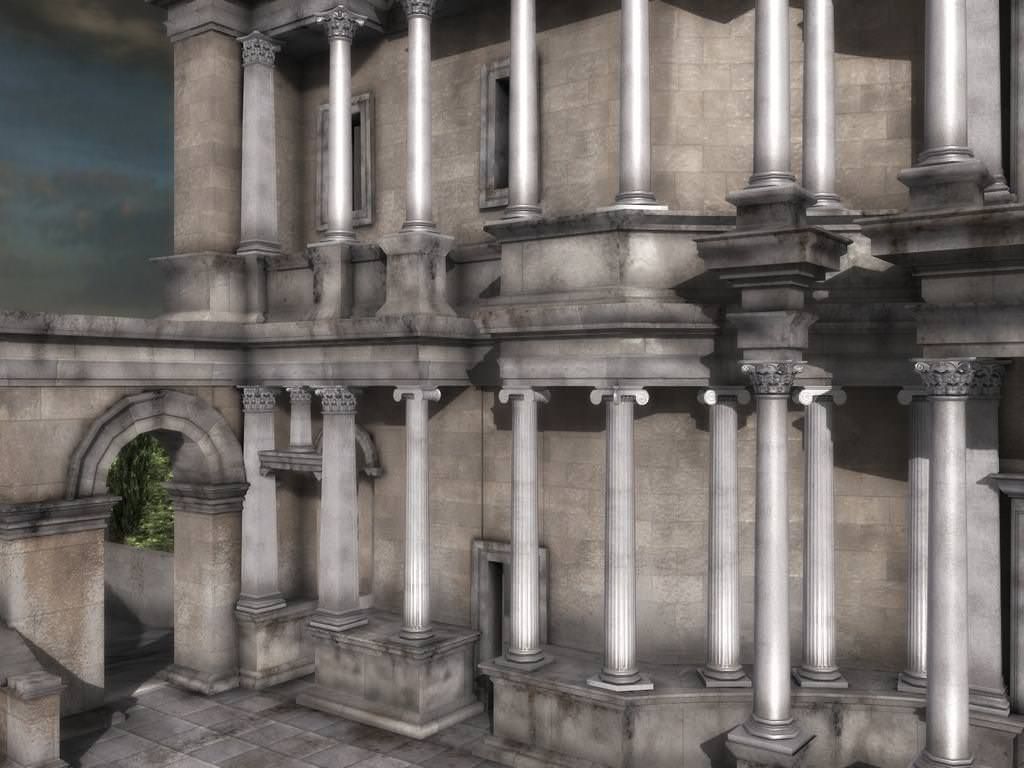
 The project "Ports of the Mediterranean, ships and sea: the invisible routes" was co-financed by the European Regional Development Fund and by National Funds of Greece, Cyprus, and Italy, within the framework of the Community Initiative INTERREG ARCHIMED COMMUNITY INITIATIVE PROGRAMME INTERREG III B ARCHIMED 2000-2006.
The project "Ports of the Mediterranean, ships and sea: the invisible routes" was co-financed by the European Regional Development Fund and by National Funds of Greece, Cyprus, and Italy, within the framework of the Community Initiative INTERREG ARCHIMED COMMUNITY INITIATIVE PROGRAMME INTERREG III B ARCHIMED 2000-2006.







